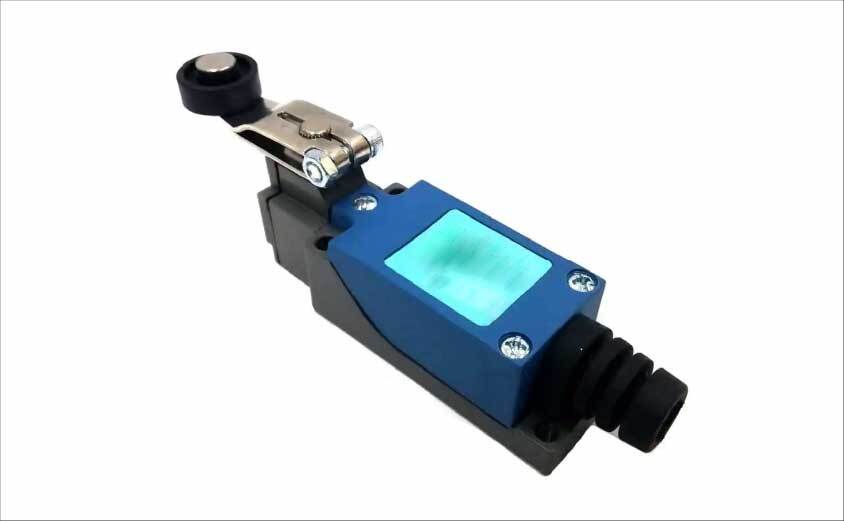The Future of Precision Engineering: Japan’s Limit Switch Market Gears Up for Unprecedented Growth

The Japan limit switch market is currently experiencing consistent growth, fueled by the nation's robust industrial base, advanced automation technologies, and ongoing investments in manufacturing modernization. The market value is projected to reach USD 139.2 million by 2026, with further growth expected to attain USD 240.8 million by 2032, translating to a compound annual growth rate of 9.6 percent. This sustained expansion is driven by Japan’s commitment to industrial automation, the integration of robotics, and the digital transformation across various sectors, including automotive, electronics, energy, and precision manufacturing. The country's industrial ecosystem heavily relies on high-precision components and safety-certified machinery, rendering limit switches essential for ensuring operational accuracy, machine safety, and process reliability.
A significant factor propelling market growth in Japan is the swift adoption of smart manufacturing and Industry 4.0 technologies. Factories are increasingly incorporating IoT-enabled limit switches that provide predictive maintenance alerts, reduce downtime, and enhance production efficiency. This trend aligns with Japan’s broader initiative toward “Society 5.0,” which seeks to merge cyber-physical systems with data-driven manufacturing to boost productivity and safety. The rising demand for limit switches that offer enhanced durability and contact reliability in high-precision robotic applications further reinforces market growth. Manufacturers in Japan emphasize compact designs, high contact accuracy, and extended mechanical life, presenting robust opportunities for both local and international suppliers to introduce advanced sensor-integrated models.
The automotive and electronics industries are the primary consumers of limit switches in Japan. In the automotive sector, limit switches are employed extensively across assembly lines, robotic arms, door systems, and safety interlocks associated with production and testing operations. As electric vehicles (EVs) gain traction, the demand for precise motion control and safety systems in EV manufacturing plants is driving an increased adoption of safety and micro-limit switches. Likewise, the electronics industry utilizes these switches in automation equipment, semiconductor processing, and inspection systems, where precision and reliability are paramount. The country’s strong semiconductor production and testing equipment sector further intensifies this demand, as companies strive for greater automation accuracy and energy efficiency.
In addition to industrial manufacturing, the energy and power generation sectors are also contributing to the growing adoption of limit switches in Japan. The ongoing transition toward renewable energy sources, such as wind and solar, has elevated the need for monitoring and control equipment that can withstand harsh environments. Limit switches designed for environmental durability and prolonged operational life are being utilized in wind turbine positioning systems and solar tracking applications. Furthermore, Japan’s nuclear and thermal power plants depend on safety-certified switches for maintenance and operational reliability, ensuring a steady demand for high-quality components.
From a technological perspective, the limit switch market in Japan is shifting toward compact, high-performance designs and non-contact sensing technologies. There is an increasing adoption of magnetic and proximity-type limit switches, particularly in sectors where mechanical wear, contamination, or high vibration may compromise performance. These switches provide enhanced operational longevity and are well-suited for cleanroom, aerospace, and precision robotics applications. Prominent manufacturers, including Omron Corporation, Panasonic Industrial Devices, and Fuji Electric, are leading these innovations by developing limit switches that incorporate digital diagnostics, wireless connectivity, and improved safety compliance.
The resilience of the supply chain and domestic manufacturing capabilities are also crucial for stability in Japan's market. The presence of established industrial automation companies and distributors guarantees the availability of high-quality products along with localized technical support. Additionally, Japan’s export-driven economy benefits from the production of limit switches not only for domestic use but also to meet international demand in the Asia-Pacific and European regions. The emphasis on energy-efficient, miniaturized, and RoHS-compliant limit switches aligns well with Japan’s stringent regulatory environment and sustainability aspirations.
Despite challenges such as rising material costs, increased competition from low-cost imports, and the necessity for continuous innovation to meet evolving safety and digitalization standards, Japan’s focus on automation upgrades, robotics, and precision engineering lays a strong foundation for limit switch manufacturers. Strategic partnerships between Japanese automation leaders and foreign technology providers are also fostering innovation and facilitating the development of next-generation switches.